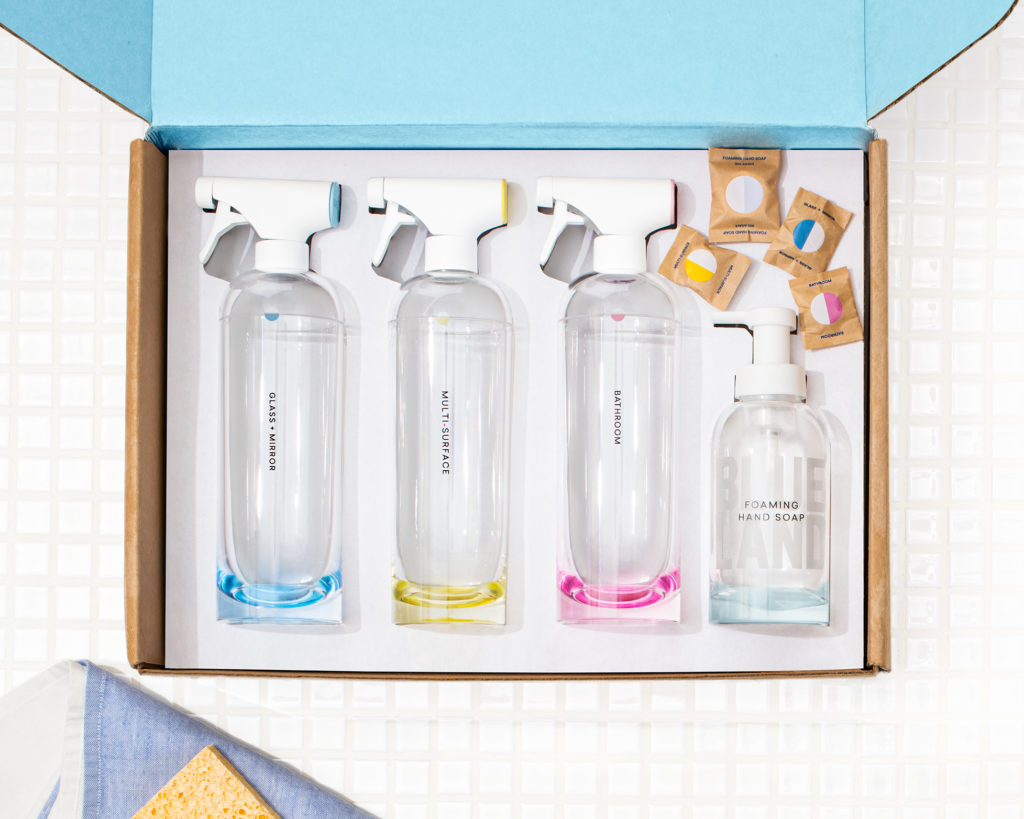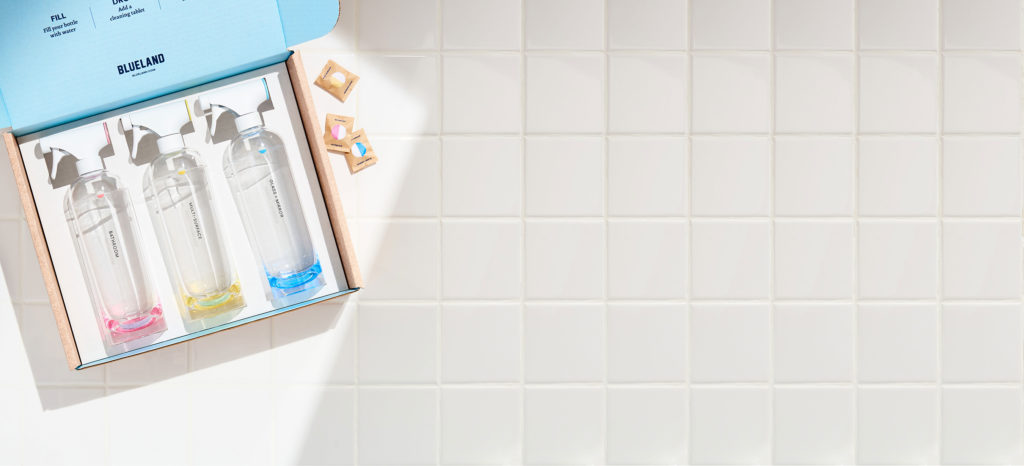Ecovative’s cofounders Eben Bayer and Gavin McIntyre developed the company’s trademark RestoreTM Mushroom® Packaging that is made only of plant-based agricultural waste and mushroom roots. The technology began as a college experiment initially grown under a dormitory bed and has since sprouted into a sustainable packaging solution that can now be found protecting college students’ Dell computers. Ecovative has recently partnered with Sealed Air to sell, distribute and manufacture this groundbreaking protective packaging product.
MBDC recently spoke with Ecovative Environmental Director Sam Harrington about how the company was inspired by Cradle to Cradle® principles to grow packaging, and the huge promise of mushroom technology to disrupt the plastic industry, not just in packaging but across applications.
How did you discover that mushrooms could be used for packaging?
Most products made from renewable materials use plants or animals, but there’s this whole other kingdom of biology, fungi, that’s never really been explored before for materials. Ecovative co-founder Eben Bayer was inspired by a childhood observation from working on a maple syrup farm that fungal mycelium strongly binds wood chips together. Gavin and Eben were able to translate this observation to use the mycelium (mushroom roots) to bind loose particles together.
Does your product design and process apply Cradle to Cradle principles?
At the beginning of Ecovative, Cradle to Cradle was required reading and the principles behind it were a big inspiration to us in our sourcing and end of life. Our early samples used perlite and vermiculite as the substrate bonded with mycelium, but those are mined, nonrenewable minerals. We now use agricultural waste products that can’t be used as feed to animals, which allows us to use a really wide range of materials that are locally sourced. In the Northeast we can use corn stocks, and when we set up a facility in Texas we can use cotton gin waste or rice husks. Unlike other corn-based plastic packaging that is made from food-grade materials, this product will not have an effect on food prices.
The fungi, what we call nature’s recycling system, turns these loose agricultural materials into mycelium which forms a network of white tissue that binds it all together. It grows just the same as fungi in the forest. We then strain that into a shape that can be molded to form packaging or car parts.
At the end of life, our material is completely backyard compostable since the product is made of only mushroom and plant materials. Personally, I use it as mulch on my home vegetable garden plot and it works great. Most bio-plastic packaging materials, such as PLA, will only break down in industrial composting facilities. Our material breaks down the way things in nature do. With this product waste really does equal food, both for the fungi and our ecosystem.
You were recently recognized by the Cradle to Cradle Products Innovation Institute. Can you tell us more about that?
RestoreTM Mushroom® Packaging was just recognized as Cradle to Cradle CertifiedCM at the Gold level. We are extremely proud of this accomplishment. A lot of the companies we work with, like Steelcase, are big believers in the Cradle to Cradle CertifiedCM program. When people understand how our material is made, the environmental benefit is intuitive, but sometimes it can be powerful to just have a label so that we don’t need to say everything. You can trust our claims because they’ve been verified. It goes from sounding too good to be true to actually being confirmed.
It seems you have created an incredible design and process inspired by nature. What sustainability challenges do you still face?
We want this material to be the first product certified at the Platinum level. In order to reach that goal, we need to continue to work with our suppliers as we build out our supply chain and convince them to buy renewable energy. There absolutely is a lot of room for improvement because it’s a very new process. We’re competing against materials that are very mature and have been developed for 50 to 100 years.
Our ultimate goal is not just to be sustainable, but to actually be environmentally beneficial. By making this material you’re sequestering carbon; you’re restoring the soil and making the world a better place. We’re trying to go beyond zero impact and have a positive impact.
What is planned for the future of this innovative technology?
In the packaging space, things are really rocketing ahead. The big news is that we’ve licensed our technology to Sealed Air, the biggest packaging company in North America. They’re going to start building duplicate factories of ours throughout the country. We’re really excited about this partnership because it’s allowing us to scale our molded plastic packaging solution really rapidly. We really applaud them because rather than investing in polystyrene, the old technology, they’re coming on board with the future of packaging and putting their money on this disruptive technology that displaces that.
In parallel with packaging getting ramped up, we’re also exploring what’s the next big thing we want to focus on. There’s a whole range of options from building materials and insulation to new stuff like shoe soles and automotive parts.
The possibilities for this technology are huge — it’s the new plastic. It’s not realistic for us to replace all plastics for all applications, certainly not for our current technology, but it’s already replacing plastics for a lot of their worst applications, such rapidly disposable molded packaging for electronics that doesn’t biodegrade and wastes away in a landfill forever.
In addition, in many cases we have been able to match the price they were paying for polystyrene foam. With companies like Steelcase and Dell, we’ve been able to have materials that pass their test specs for the same exact price and are far better for the environment. We expect it to be very competitive in the future.
We’re not going to replace all polystyrene overnight, but that’s certainly the direction in which we’re headed.
Read this Blog Post on Greenbiz.com
McDonough Braungart Design Chemistry (founded by William McDonough & Michael Braungart in 1995) advises companies on integrating Cradle to Cradle principles into products, operations, and corporate strategy to regenerate economy, ecology, and equity.



